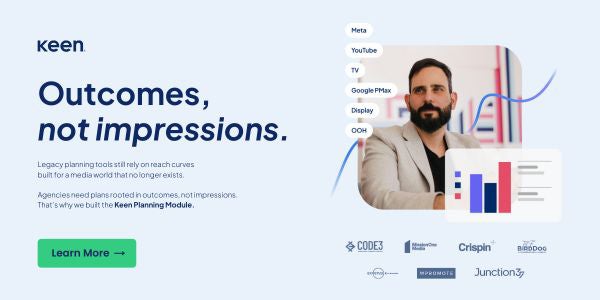In today’s economic climate, every marketing dollar is under scrutiny. CMOs aren’t just required to build brands and grow demand; they’re expected to prove that their budgets drive measurable business value. And no one is more invested in that proof than the CFO.
This dynamic plays out daily: CFOs pressing for clarity, CMOs under pressure to deliver accountability and organizations struggling to connect marketing performance with financial outcomes.
According to Spencer Stuart’s CMO Tenure Study 2025, the average CMO tenure at Fortune 500 companies was just 4.3 years last year. Expanding that tenure relies in part on communicating more effectively with the CFO. To do so, CMOs must anticipate the questions that CFOs will ask and have clear, data-backed answers ready.
Here are three of the most important ones.
1. How does marketing investment translate into business growth?
CFOs want to know how every dollar deployed translates into revenue, profit and long-term enterprise value. The conversation can’t stop at top-of-funnel metrics like reach, clicks or lift in awareness.
Instead, CMOs must connect those early indicators to concrete outcomes: how awareness drives consideration, how consideration leads to conversions and how conversions contribute to revenue growth and margin expansion.
This requires marketing leaders to frame performance in business terms, not marketing ones. For example: “This campaign generated $10 million in incremental sales and improved gross margin by two points,” or “Investing more heavily in mid-funnel channels accelerated customer acquisition at 20% lower cost per conversion.”
By tying marketing outcomes to revenue growth, CMOs reassure CFOs that marketing is a growth lever, not an expense line.
2. What is the ROI of our marketing mix?
Every CFO speaks the language of return on investment. Their instinct is to maximize efficiency while eliminating waste. When they ask where the return is highest, they’re not looking for generalities; they want evidence.
CMOs must be prepared with rigorous, ongoing analysis that identifies which channels are most efficient, where diminishing returns set in and how shifting dollars across channels could optimize ROI.
That means more than periodic attribution reports. It requires continuous evaluation of the marketing mix, showing both historic performance and predictive guidance. For example, demonstrate that reallocating a portion of spend from paid search to connected TV could lift marketing ROI by several percentage points.
By approaching the discussion in terms of opportunity cost and incremental return, CMOs meet CFOs on their home turf. They position themselves as investment managers for the company’s marketing portfolio, allocating capital where it drives the greatest shareholder value.
3. What happens if the budget changes?
Rarely does a marketing budget remain fixed. Economic cycles, competitive dynamics or shifts in company strategy often trigger cuts or, in some cases, incremental investments. A CFO will ask, “If we reduce spend, what’s the expected impact on sales growth?” and “If we increase spending, how much more can we gain and where?”
CMOs who can model these scenarios, rather than react to them, hold a significant advantage. Scenario planning transforms conversations from reactive debates into forward-looking strategy sessions. It enables CMOs to show, for example, that a 10% budget reduction might protect profitability in the short term but eventually risks undermining market share or that a targeted increase in specific channels could drive outsized growth.
By quantifying the trade-offs, CMOs demonstrate financial discipline while also advocating for marketing as an investment portfolio with measurable future returns. That mindset shifts the dialogue from cost management to value creation.
Speaking ROI
CFOs don’t just want accountability; they want confidence that marketing is managed with the same financial rigor as every other part of the business. CMOs who are ready with clear, evidence-based answers strengthen credibility, secure smarter budgets and position marketing as a true driver of revenue.
The strongest CMO-CFO partnerships are built on shared visibility, predictive insights and a common language of growth. CMOs, prepare for these questions today.
















